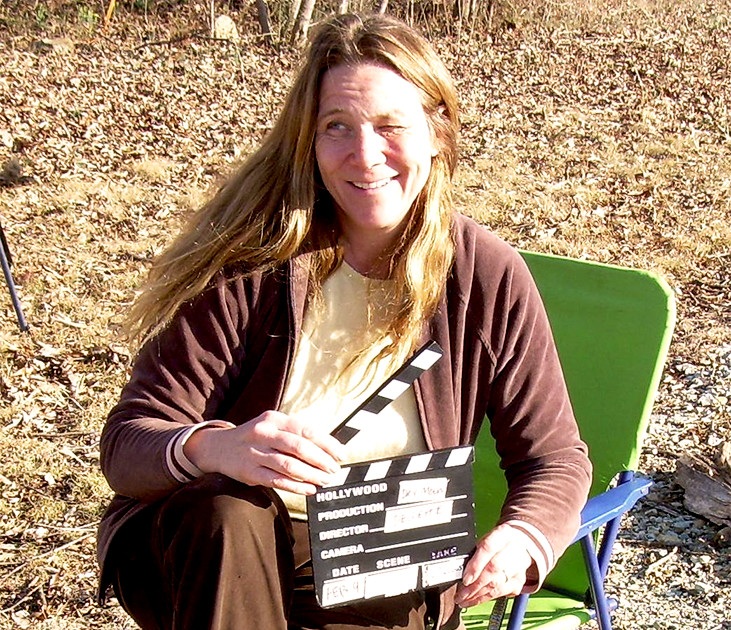Exploring Narratives: Using the PBS LearningMedia Storyboard Tool
As a videography teacher in a high school, I feel fairly close to the pulse of social media. Also being a mother of two ninth-graders and one just off to college, I have a history of experience with this sea change in media consumption. Though we have known about the dangers of media addiction since the 1970s, what frames the questions in 2016 are another issue entirely. In the age of digital media, the immediate past is ancient history. The challenges that teachers (and others who care about the effects of digital media) face right now is how to create producers instead of mere consumers so our students can navigate this vast digital immersion. If we can create student-producers, we can trust that the future is preserved for Luddites, purists, democrats, and populist alike.
If we are able to increase the attention paid to media literacy and production for kids of all ages, we will quickly see a result of kids creating content for kids. This will build a new vocabulary for the moving visual image, and solve issues raised by the videocy of the recent past. And then there’s social media gone wild—with no structure for basic human decency in communication. That issue will be saved for another blog entry.
What I want to communicate in this entry, however, is a sample PBS LearningMedia Storyboard which I created quickly to augment my curriculum for documentary/narrative exploration. I have noticed that most of my students do not have a clear comprehension of documentary vs. narrative genres. I believe the first major shift in media culture was coverage of the Kennedy assassination which was filmed and shown the same day all over the world, and repeated. This was a first! The next major shift, which continued to fuel the fact from fiction divide was embodied during 9/11. This was one of the first important, real-time news events to be seen happening in "real" time. The cultural results include an excess of reality TV shows, and the rise of the current internet culture.
My students have a tough time delineating fact from fiction. That is, whether a film is fictional-with actors and scripts or a "documentary,” which could mean anything on the spectrum between true and "true." It takes my students longer to understand the differences between these two concepts than any other single assignment in my curriculum.
Here is an example of a Storyboard project my students put together – to show how sound and picture work in tandem to create movies.
http://www.pbslearningmedia.org/tools/storyboard/view/a9d08595-eb19-4be3-ae53-72165dbaf1e4
It also shows how the sample film represents either their own "real" lives, something from TV, or simply a scripted/live action film created by 8-12 year-olds --made in ONE DAY. So please take some time to watch our 5-minute version of "The Office" which is entitled: "The Class." It was written, produced and edited by a middle-schooler in just 2 days, from start to completion. The great thing about the Storyboard tool is that students make their own storyboards as well--which brings all their elements together for each project. Excellent way to inspire our young producers!

Andrea DeGette is a filmmaker and educator living and working in Hillsborough, North Carolina. She teaches videography at Cedar Ridge High School through Alamance Community College's College and Career Promise Program. DeGette is currently in post-production on her first feature film entitled: DRY MOON. Degette enjoys spending time in nature with her children and animals. She works with students of all ages at her Media Arts Exchange in downtown Hillsborough.
Join the PBS Teachers Community
Stay up to date on the latest blog posts, content, tools, and more from PBS Education!


